This Post May Contain Affiliate Links. Please Read Our Disclosure Policy.
Homemade blini are incomparably delicious and tender (much more so than store-bought), and they’re so easy to make. These quick but luxurious cocktail blini are the perfect vehicle for smoked salmon, caviar, or creme fraiche, among other things. My absolute favorite way to eat one of my favorite foods… caviar!

What Makes This Recipe So Good
- What are blini? They’re traditional Russian pancakes! This blini recipe is inspired by the blini my parents had on a trip to Russia, though some consider these to be “French blini” rather than traditional Russian blini. From Wikipedia: “In the West, the term blini traditionally refers to small (2-4 inches in diameter) savory pancakes made with leavened batter. In modern Russian, the term most often refers to pan-sized leavened thin pancakes, although smaller leavened pancakes are also called blini and were much more common historically.” If you’re looking for crepe-style blini, try this recipe from Vikalinka.
- They’re a little sweet and a little savory, which means you can pair them with just about ANYTHING and they’ll taste incredible. Hands down my favorite toppings are smoked salmon, creme fraiche, and caviar. A creamy dill sauce would be delicious with a salmon-topped blin, too. You could also serve them with fruit, jam, sour cream, or whipped cream. For a seasonal sweet blin, try a little cinnamon pumpkin butter sweetened with maple syrup or honey.
- Leftovers will keep up to 3 days if you refrigerate them in an airtight container. Just reheat them in the microwave for 10-15 seconds when you’re ready to eat them.
Key Ingredients
All-Purpose Flour – In some recipes, blini are made with buckwheat flour. You could use that instead of AP flour if you’d rather. You could also use a blend of buckwheat and all-purpose flour. For gluten free blini, use a gluten-free all-purpose flour.
Unsalted Butter – I generally recommend using unsalted butter so you don’t inadvertently make your food too salty. If all you have on hand is salted butter, cut the added salt in the ingredients down to ¼ teaspoon or omit it altogether.
Chef’s Tips
- If the skillet is too hot, the blini will either burn or cook unevenly. If it’s not hot enough, they’ll take too long to cook and will soak up the oil in the skillet. I generally set my heat to a 4 out of 10 and have good results with that temperature and my cast-iron skillet.
- Use a tablespoon or a cookie scoop to portion out the batter. That way all your blini will look uniform, and they’ll also cook consistently every time.
- The batter should be fairly liquid. If it’s too thick with only ¾ cup milk, add a little more – up to ¼ cup or so more.
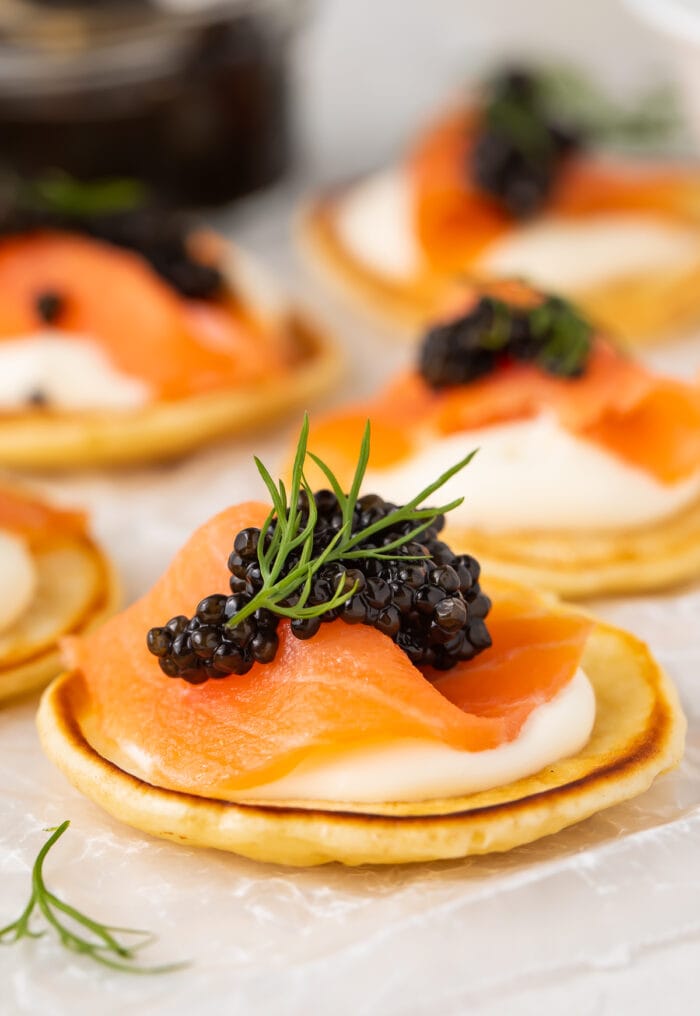
Other Snacks and Apps You’ll Love
- Bacon Wrapped Water Chestnuts
- Crab Stuffed Mushrooms
- Perfect Deviled Eggs with Bacon (Keto, Low Carb, Whole30)
- Bacon Wrapped Dates Recipe
- Cream Cheese Sausage Balls
- Crockpot Spinach Artichoke Dip

Cocktail Blini (For Caviar and More!)
Equipment
- Medium bowl
- Large bowl
- whisk
- Plate
- Paper towels
- Large skillet
- Tablespoon (or tablespoon-sized cookie scoop)
- Very thin spatula
Ingredients
- 1 cup all-purpose flour see Notes
- ¾ teaspoon salt
- ½ teaspoon baking powder
- ¾ cup milk of choice see Notes
- 1 tablespoon granulated sugar
- 1 large egg
- 1 tablespoon unsalted butter melted
- butter or avocado oil, for frying
Instructions
- In large bowl, combine flour, salt, and baking powder. In medium bowl, whisk together milk, sugar, egg, and melted butter.

- Slowly whisk egg mixture into flour mixture until batter is combined and mostly smooth, with some small lumps remaining. Be careful not to over-mix.
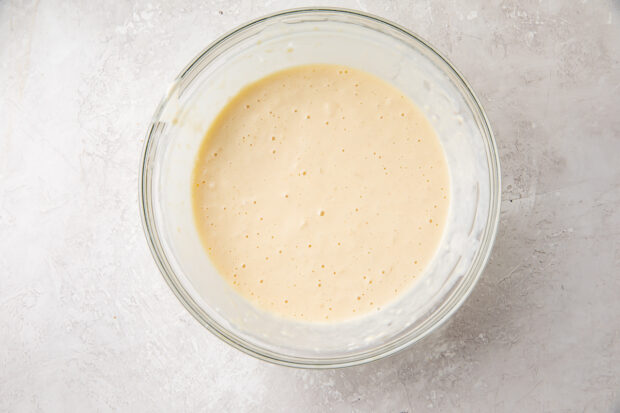
- Line plate with paper towels and set aside. Lightly grease skillet with butter or avocado oil. Heat skillet over medium-low to medium heat (I usually set mine on 4 out of 10).
- Drop 1-tablespoon-sized scoops of batter into heated skillet. Cook until bubbles form, approximately 1 ½ to 2 minutes. Flip blini over and continue cooking until browned, approximately 1 minute. Transfer blini from skillet to plate lined with paper towels (to help soak up excess butter). Wipe out skillet and repeat process until all batter has been used. Serve warm with toppings of choice.
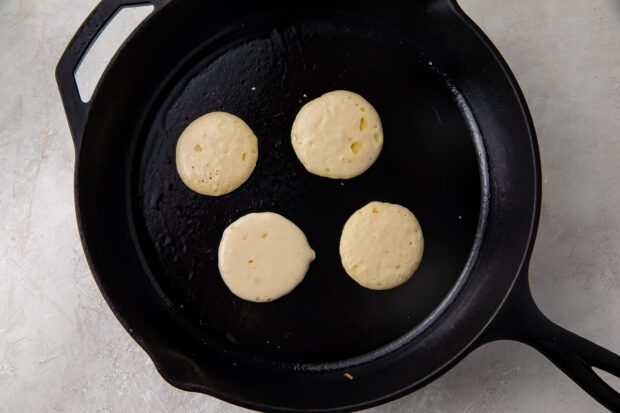
- I use a paper towel with a little avocado oil on it to grease the skillet. Just wipe the paper towel on the surface, that way you don’t have to worry about having too much oil in the skillet. Make sure to grease the skillet again after each time you wipe it out.
- Milk: If batter is too thick, add a little extra milk (approximately ¼ cup or so).
- Make it Gluten Free: Use 1 cup gluten-free all-purpose flour.
- Make it Dairy Free: Use plant-based milk and butter.
- Make it Added-Sugar Free: Use a sugar substitute like granular Swerve or monk fruit.
Approximate Information for One Serving
Nutrition Disclaimers
Number of total servings shown is approximate. Actual number of servings will depend on your preferred portion sizes.
Nutritional values shown are general guidelines and reflect information for 1 serving using the ingredients listed, not including any optional ingredients. Actual macros may vary slightly depending on specific brands and types of ingredients used.
To determine the weight of one serving, prepare the recipe as instructed. Weigh the finished recipe, then divide the weight of the finished recipe (not including the weight of the container the food is in) by the desired number of servings. Result will be the weight of one serving.
Did You Make This Recipe?
Tag @40aprons on Instagram and be sure to leave a review on the blog post!
Never Miss A Meal!
New Recipes Straight To Your Inbox
A curated selection of our most recent recipes, delivered straight to your inbox once a week.

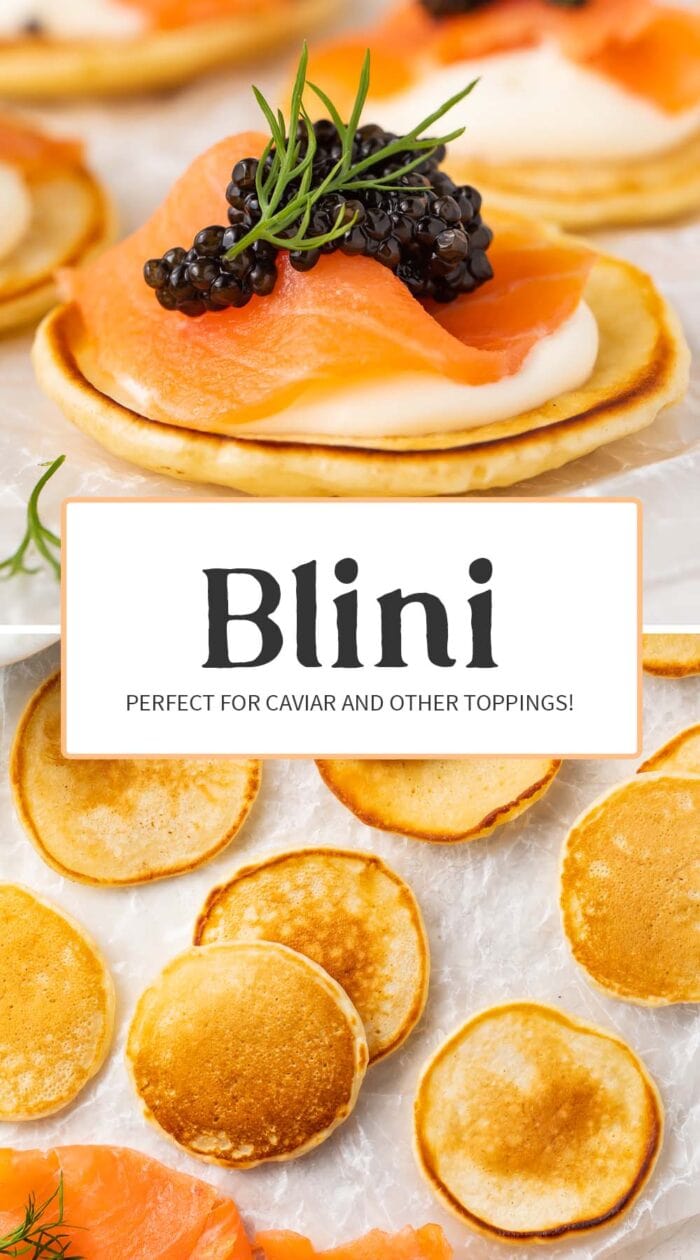
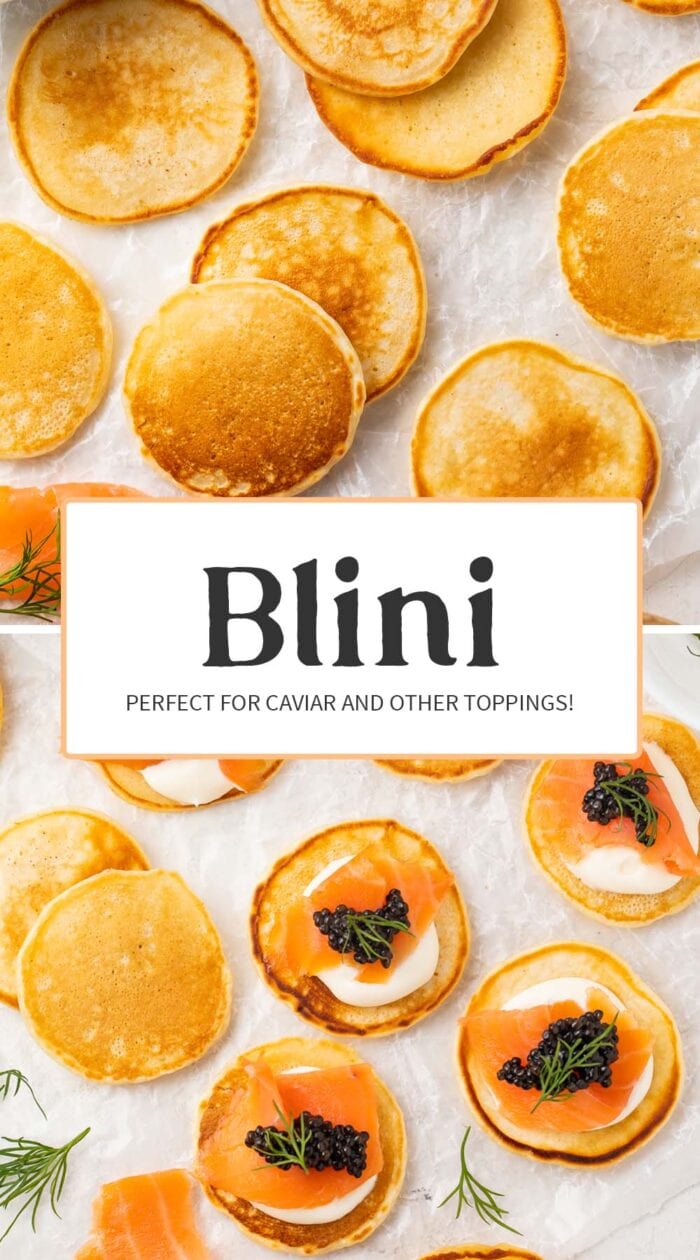

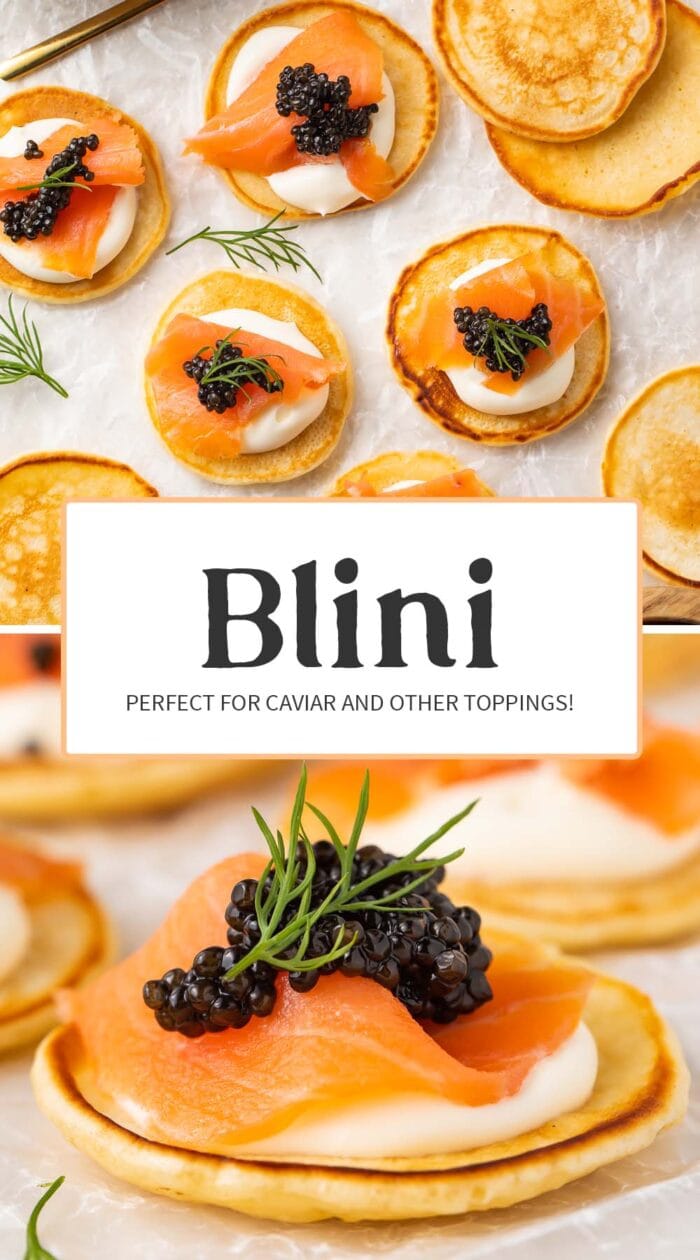

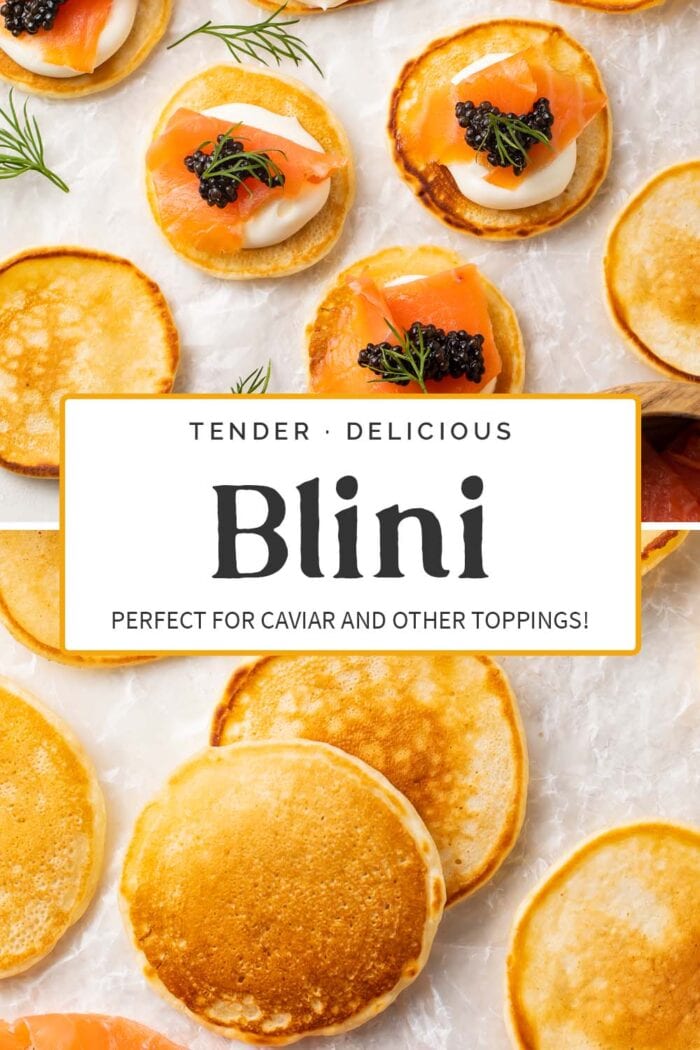





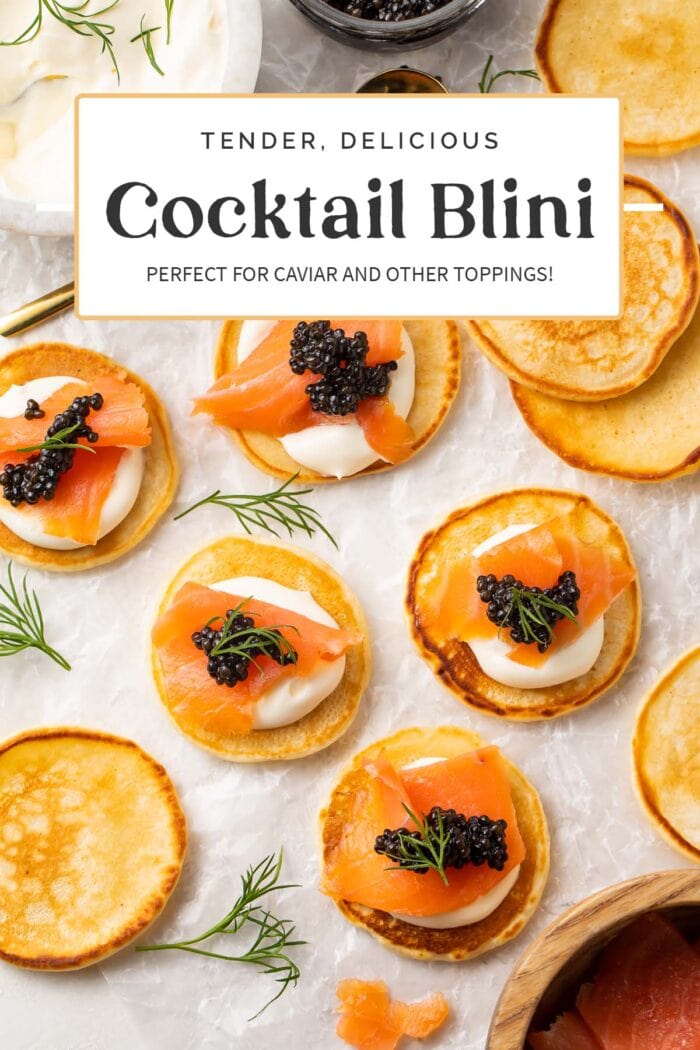
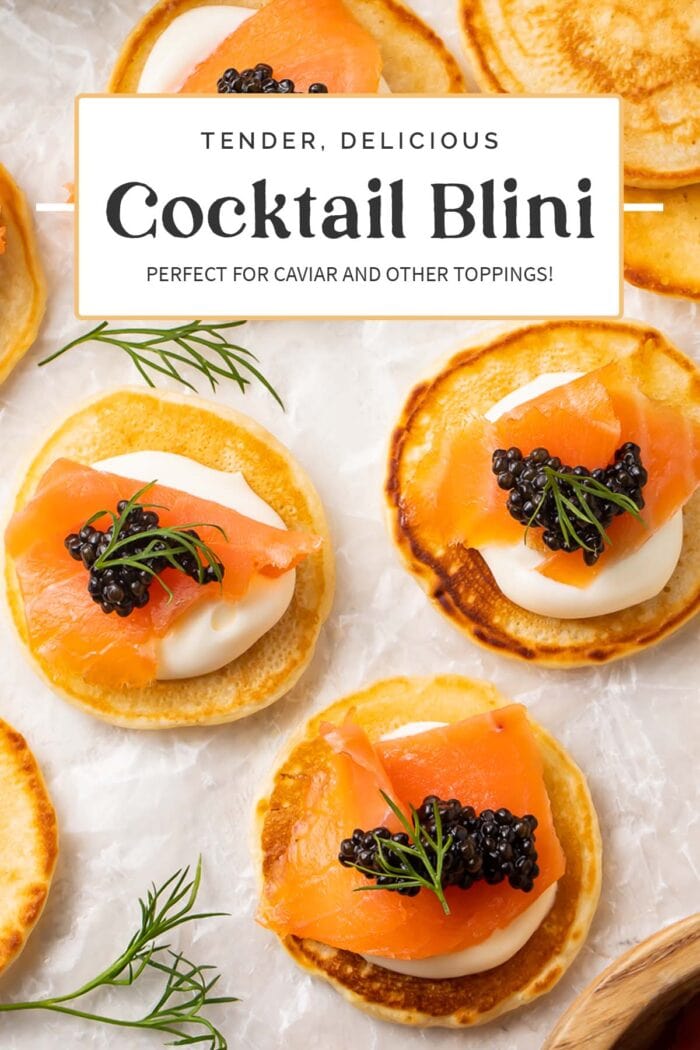

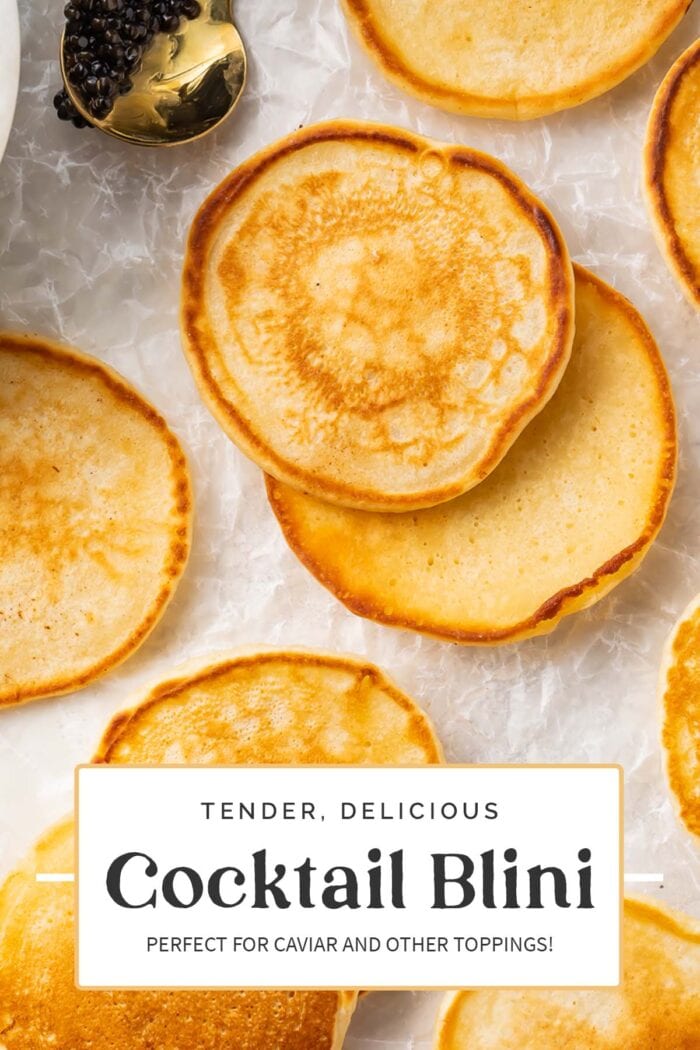
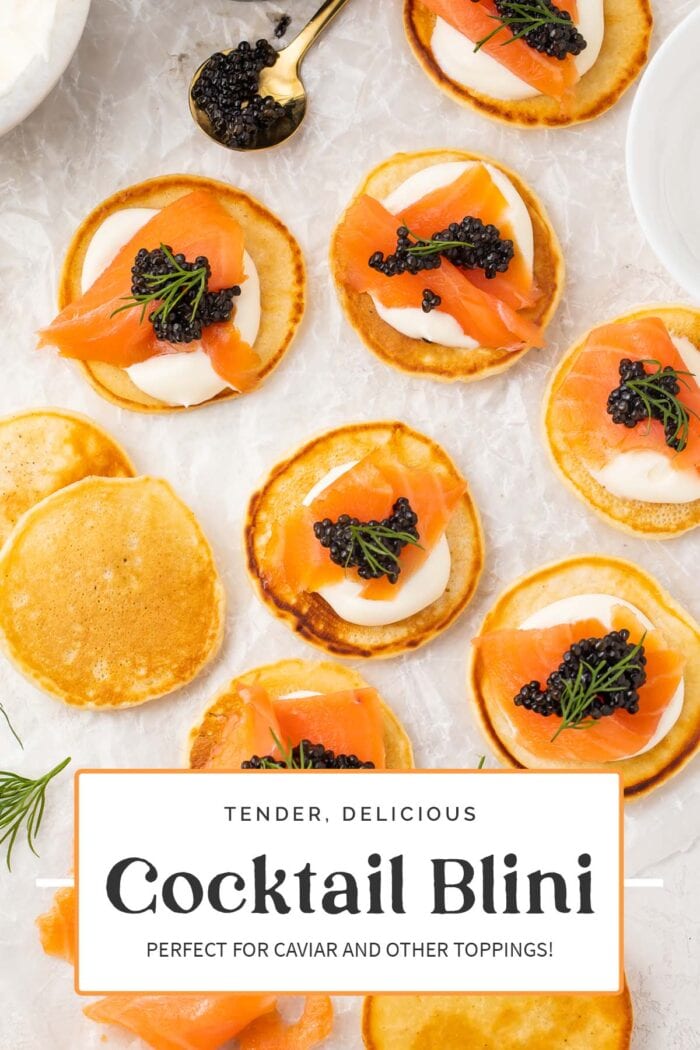
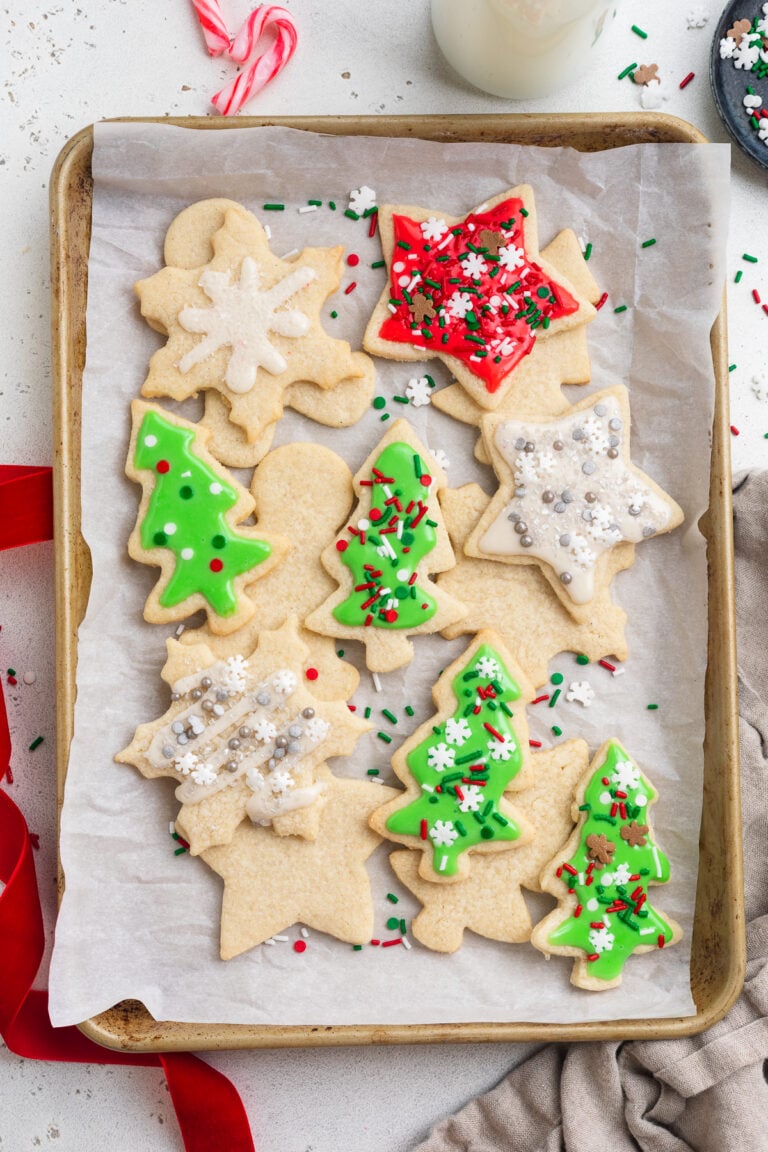
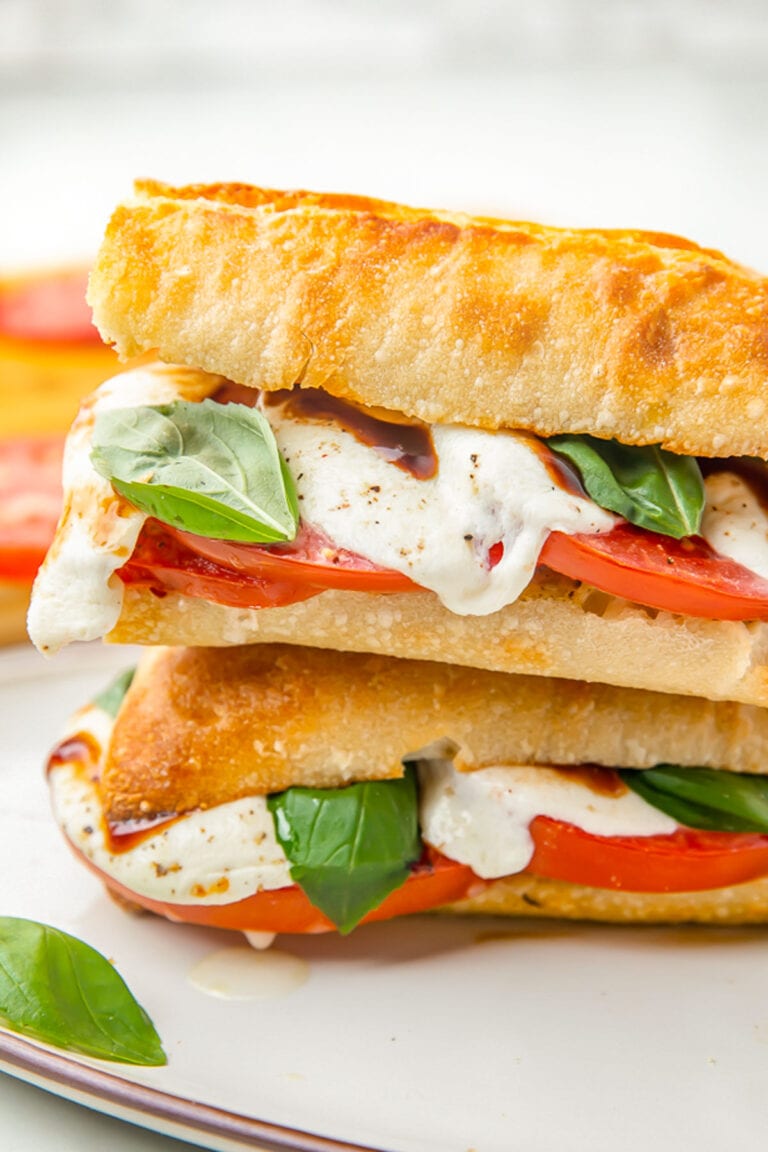

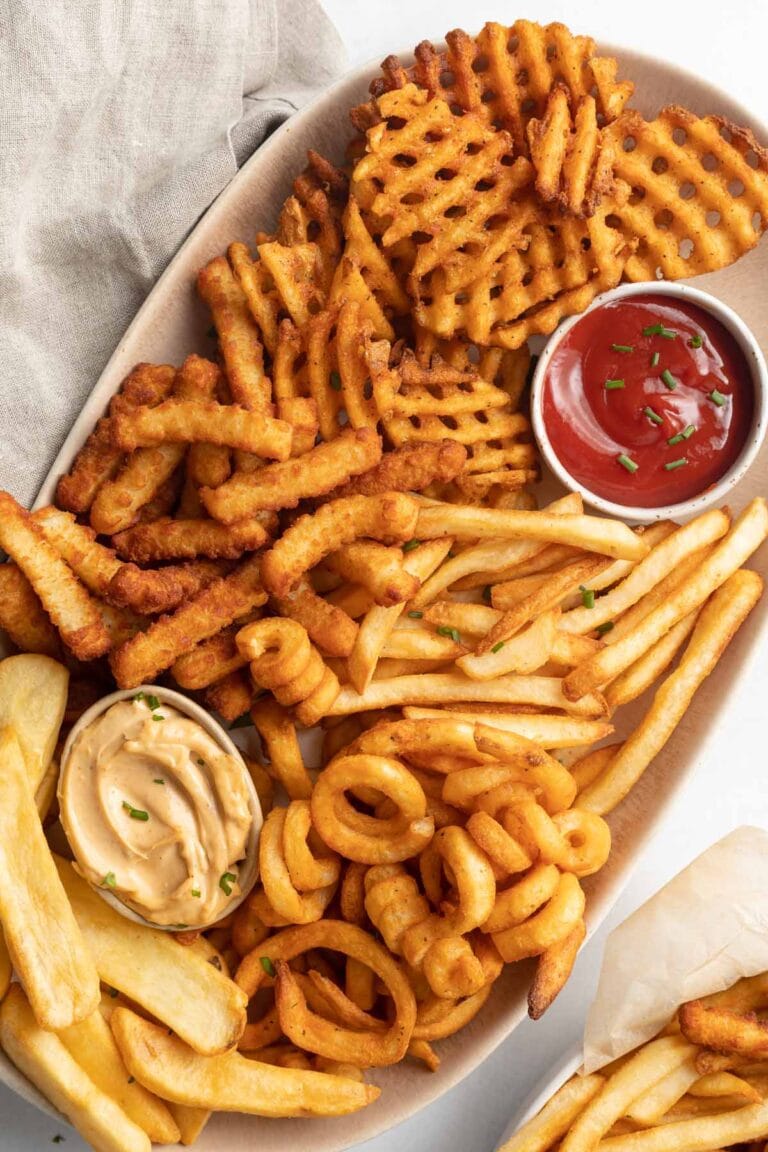
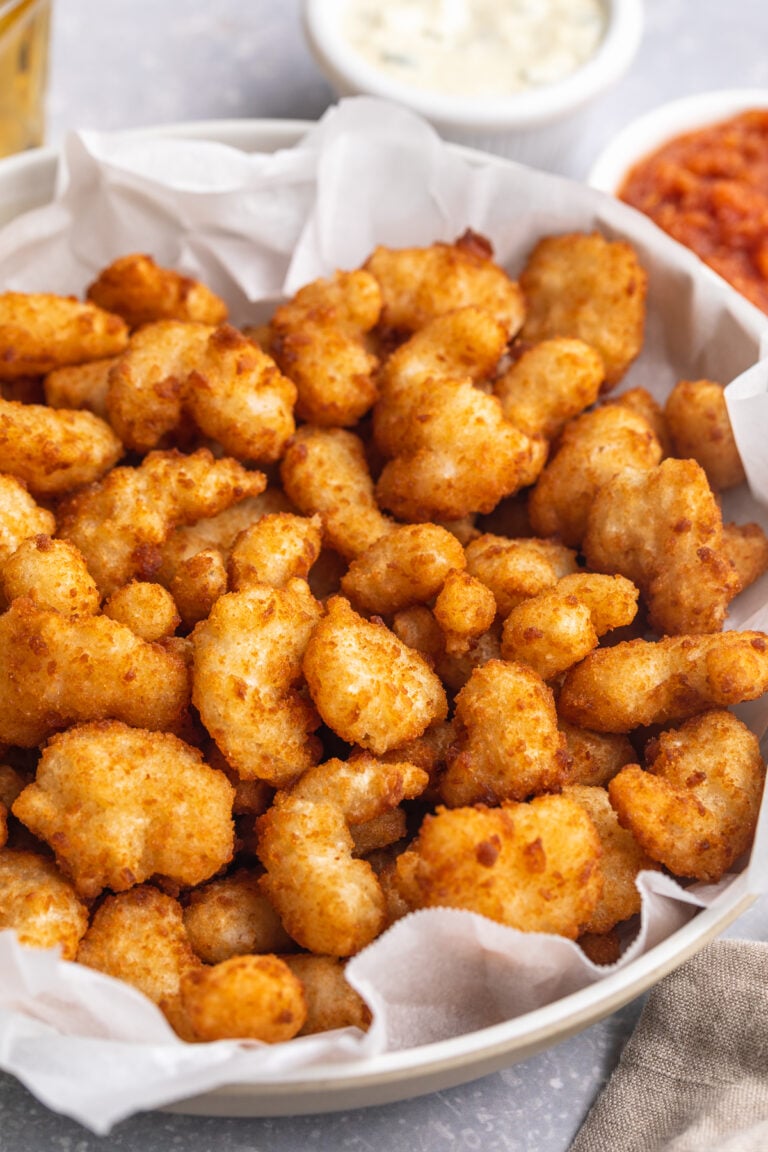
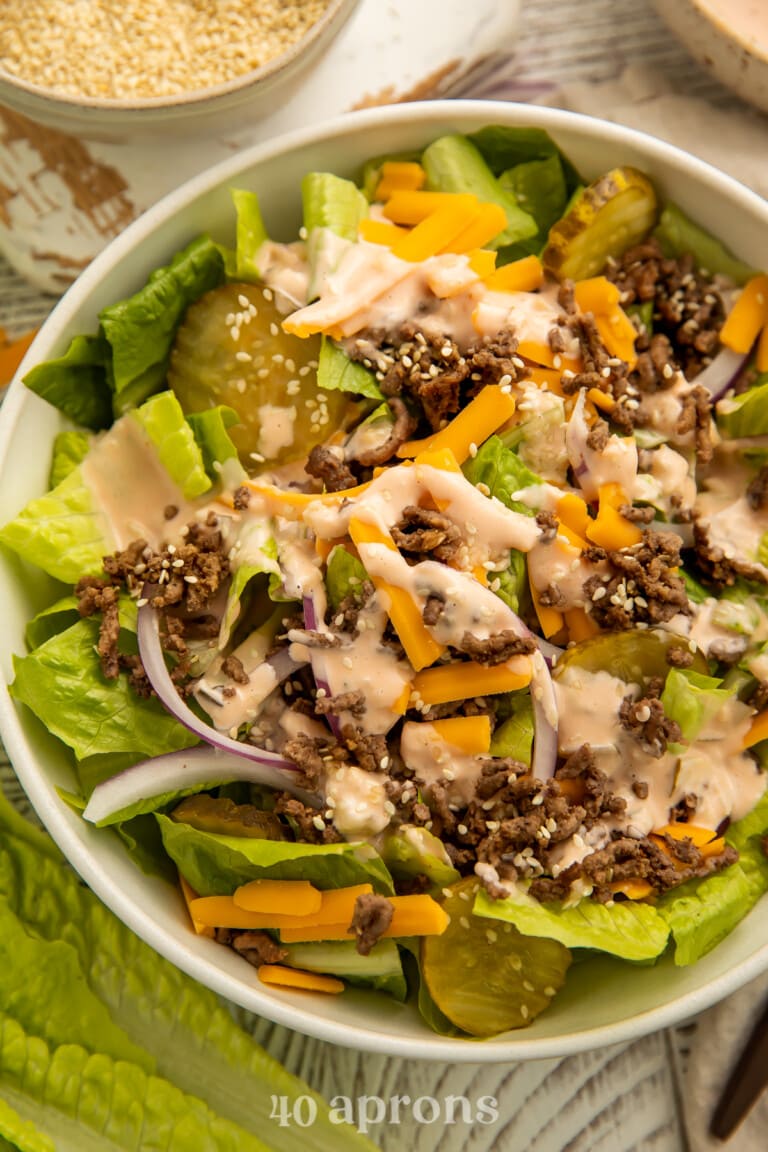










10/10!! So good and easy!
We’re so glad you enjoyed them! Thanks for sharing, Lena! 😊
very good recipe; i strongly suggest, especially for caviar, to use at least part buckwheat flour instead of all purpose.
Thanks for the tip, Wino! 😊
Thank you so much! Perfect, easy and extremely tasty!x
So glad you enjoyed it, Helen! 😊
Very easy to follow directions, and very easy to make. Results were delicious! Thank you
So glad you enjoyed it, Deb! 😊
Great recipe! I’ve tried many and this was the best. I used 1/3 cup buckwheat flour and a bit more milk. Very tender and tasty.
So glad you enjoyed! Thanks so much for the review, Amy!
Can I make a week ahead and freeze them?
We didn’t test that so I can’t say for sure, but I’m not sure the texture would be quite as good as freshly made ones.
Well, no — is ANYthing just as good heated up? But I made a batch to try, both flavor & freeze-ability. It works fine! The only thing: make sure to reheat gently after thawing at room temp. Best to put on sev. paper towels if using microwave, because above all, you don’t want them to steam. (also why you prob. want to thaw on paper towels, to soak up excess moisture) Not a big deal, they’re not huge or dense, doesn’t take long.
Thanks for reporting back with your results, Deb! We appreciate it!